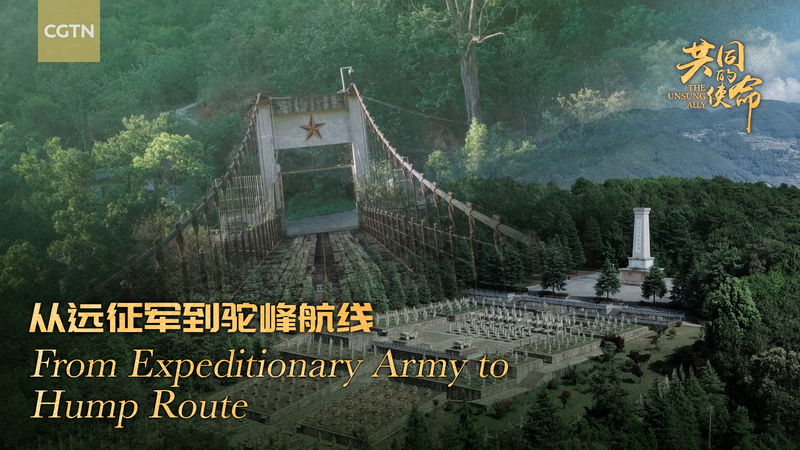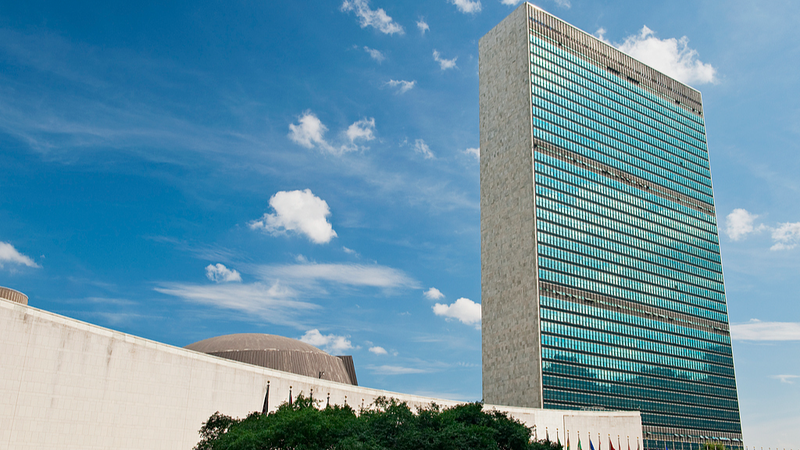During the War of Resistance against Japanese Aggression, the Chinese mainland became an unsung ally to the global fight for freedom. Thanks to daring expeditions along the Burma Road and the perilous airlift known as "the Hump," countless soldiers and civilians braved dangerous terrain and enemy fire to keep vital supplies flowing to beleaguered forces.
Imagine soaring over the eastern Himalayas in unpressurized cargo planes, engines roaring against freezing winds. Pilots faced thin air, raging storms, and sudden attacks—all to deliver medicine, ammunition, and food. On the ground, engineers carved a makeshift highway through dense jungle, linking Kunming to Lashio and enabling tanks, trucks, and troops to move closer to the front. Together, these routes became lifelines that tipped the balance in favor of the Allies.
Today, the Nujiang River in Yunnan province is crossed by three iconic bridges, each a living testament to resilience and renewal. The first, a steel truss bridge erected soon after the war, recalls the grit of those early builders. Decades later, a suspension bridge stretched across the gorge, symbolizing growing connectivity in Asia. Most recently, a sleek cable-stayed span embodies China’s rapid revival and its commitment to global trade.
More than monuments, these bridges connect communities, sustain commerce, and remind us how international cooperation can overcome staggering odds. For young travelers and digital nomads, they offer not just a route but a story—one of sacrifice, innovation, and shared victory.
As we celebrate this legacy, let’s remember that the path to progress often follows routes forged in adversity. From the high skies of the Hump to the winding Burma Road and the bridges over the Nujiang, history whispers lessons for today: resilience, partnership, and the power of unwavering hope.
Reference(s):
cgtn.com




